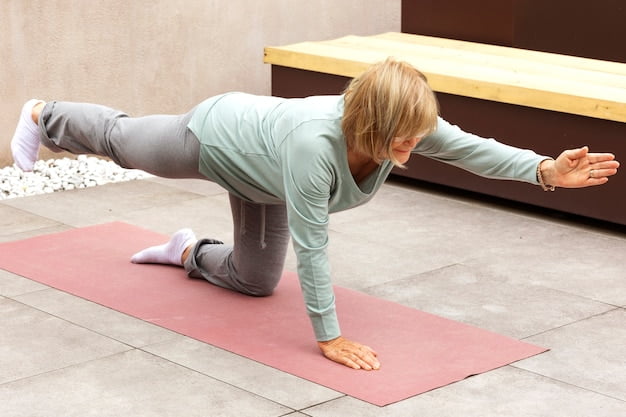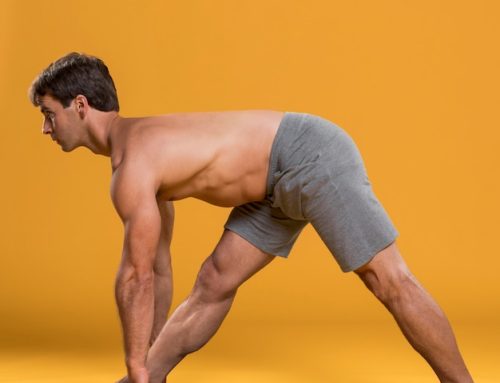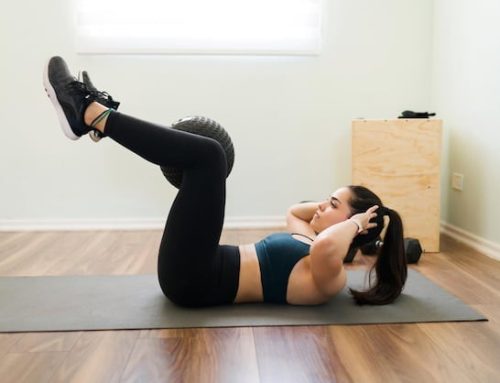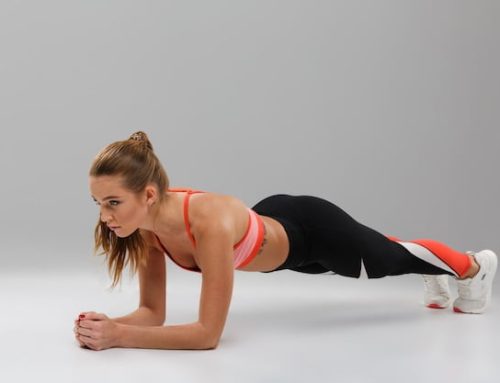The Power of Bodyweight Exercises
When it comes to fitness and exercise, one of the most effective and accessible methods is bodyweight exercises. With no need for equipment, these exercises can be done anytime, anywhere, making them ideal for anyone who wants to stay active and healthy. Among the most popular bodyweight exercises are pushups, which have a long history of being used by athletes, soldiers, and fitness enthusiasts alike. But just how many pushups should you aim for to be considered elite?
Types of push-ups
Classic push-ups involve bending and straightening the arms in a forward position with the body not touching the ground. Although it is often the case that the simplest solutions are the most effective, when practising push-ups, it is worth adding variety to your training by using different variations. In this way, we engage more muscles and will see the first results sooner. Among the recommended solutions are:
- women’s push-ups – they are differentiated from classic push-ups by the fact that they are performed on the knees. This is a good solution for beginners. This is good for beginners as it allows them to develop the right technique for the exercise. It is especially important not to bend the lumbar region of the back,
- French push-ups – often referred to as inverted push-ups. In order to be able to perform them, an elevation is necessary. At home, this can be a sofa or a sturdy chair, while at the gym it can be a box or other piece of equipment that provides support.
To perform this exercise, you need to perform a backstand on the elevation. Your palms should be facing your legs and positioned at shoulder width. Rest the straightened legs with the edges of the heels on the ground. Then bend and straighten the elbows while performing the exercise.
However, let’s remember a few important points. Firstly, the elbows should be kept close to the body. Secondly, the down-and-up movement should be slow and precise. Reverse push-ups are excellent for sculpting the triceps, which will be noticeable during the exercise if we take care to perform it correctly,
- Swedish push-ups – otherwise known as dips. They are often performed by calisthenics practitioners, i.e. training using body weight. In order to perform these exercises, you need handrails or a machine in the gym that is equivalent to them.
A different kind of push-ups
- diamond push-ups – otherwise known as narrow push-ups. To perform these, you need to arrange your hands in a triangle so that your index fingers are in contact with each other. Then straighten your legs, just as you would do with a classic push-up.
If you have difficulty keeping your balance, then spread your legs wider apart, but keep them close together. Once you have found the right body position for stability, you can begin to bend your arms at the elbows and then straighten them.
Starting to perform them is recommended once we are able to perform 20 classic push-ups. Diamond push-ups are also an excellent stabilising exercise. This is because we must try to maintain our balance,
- alligator push-ups – this is a variant for more demanding people. To begin, assume the position of a classic push-up and then extend one arm forward and the other backwards. Now it is time to alternate bending and straightening the elbow. The exercise should be performed by changing the position of the hands after each series of repetitions.
The Benefits of Pushups
Before we dive into the numbers, let’s take a moment to explore why pushups are such a popular exercise. While they primarily target the chest, shoulders, and triceps, pushups also engage the core, glutes, and legs, making them a great full-body workout. They are also a compound exercise, meaning they work multiple muscle groups at once, which can help increase strength and muscle mass over time. In addition, pushups can be modified to suit any fitness level, from knee pushups for beginners to one-arm pushups for advanced athletes.
The Science Behind Elite Pushups
Now, let’s get down to the numbers. According to a study published in the Journal of Strength and Conditioning Research, the average number of pushups completed by men aged 20 to 29 is 35, while women in the same age group average 27 pushups. However, this number varies based on fitness level and age. In general, the more pushups you can do, the more pushups you are able to do – meaning that building up your strength and endurance through regular practice can lead to significant improvements over time.
So, what is considered an elite number of pushups? According to the same study, men who can do more than 40 pushups are considered to have “excellent” fitness, while women who can do more than 30 pushups fall into the same category. However, for those who want to take things to the next level, the U.S. Army Physical Fitness Test sets the standard for elite pushups at 71 repetitions in two minutes for men and 42 repetitions for women.
Training Tips for Pushup Success
If you’re looking to improve your pushup numbers and achieve elite status, there are a few key strategies to keep in mind. First, make sure you are practicing proper form, including keeping your body in a straight line and engaging your core throughout the movement. Second, vary your pushup routine to target different muscle groups and prevent boredom. This could include adding in variations like wide grip pushups, diamond pushups, or decline pushups. Finally, make sure you are training consistently, both in terms of frequency and intensity. Aim to do pushups at least twice a week, gradually increasing the number of reps or sets over time to keep challenging yourself.
| Age Group | Average Number of Push-ups (Men) | Average Number of Push-ups (Women) |
|---|---|---|
| 20-29 years | 33-44 | 18-33 |
| 30-39 years | 27-37 | 14-24 |
| 40-49 years | 21-32 | 11-21 |
| 50-59 years | 16-27 | 9-18 |
| 60+ years | 10-20 | 6-14 |
Alternatives to Pushups
While pushups are a powerful bodyweight exercise, they are not the only option available. Depending on your goals and fitness level, there are a variety of other exercises that can help you build strength and endurance. Some popular alternatives to pushups include:
-
- Pull-ups: An upper body exercise that targets the back, arms, and shoulders.
-
- Squats: A lower body exercise that targets the glutes, hamstrings, and quads.
-
- Lunges: Another lower body exercise that targets the same muscle groups as squats, but also engages the core and hip flexors.
-
- Burpees: A full-body exercise that combines a squat, pushup, and jump into one movement.
-
- Plank: A core exercise that involves holding a straight line position for as long as possible.
Conclusion
In the world of fitness, bodyweight exercises like pushups are an excellent way to build strength, endurance, and overall health. While there is no one-size-fits-all answer to how many pushups is elite, it’s clear that consistently working to improve your numbers can lead to impressive results. By following proper form, varying your routine, and training consistently, you can push yourself to new heights and achieve your fitness goals, one rep at a time.






